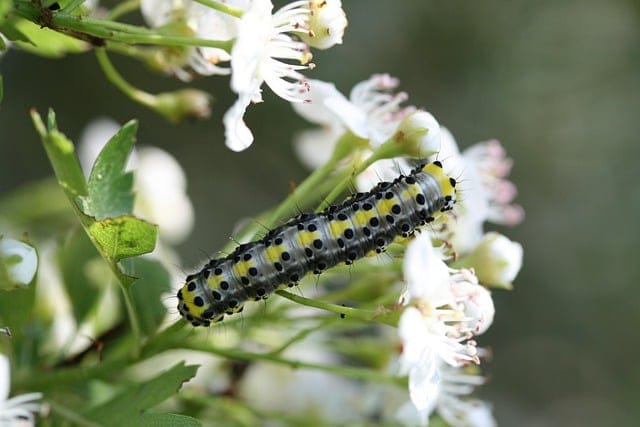How to grow Butterfly Bushes
Butterfly bushes (scientific name: Buddleia) are beautiful flowering shrubs that are known for attracting butterflies and other beneficial pollinators to your garden

In this article:
- Introduction to Butterfly Bushes
- Choosing the Right Variety
- Understanding Soil and Light Requirements
- Planting Location and Preparation
- Planting Techniques for Butterfly Bushes
- Watering and Mulching Tips
- Fertilizing and Pruning Guidelines
- Dealing with Pests and Diseases
- Attracting Butterflies to your Garden
- Benefits and Uses of Butterfly Bushes
- Tips for Overwintering
- Frequently Asked Questions about Butterfly Bushes
- Conclusion and Final Thoughts
Introduction to Butterfly Bushes
Butterfly bushes (scientific name: Buddleia) are beautiful flowering shrubs that are known for attracting butterflies and other beneficial pollinators to your garden. They are easy to grow and can thrive in various climates and soil conditions.
Choosing the Right Variety
When selecting a butterfly bush, it is important to choose the right variety that suits your garden's conditions. Consider factors such as size, flower color, and growth habits. Common varieties include 'Black Knight,' 'Pink Delight,' and 'White Profusion.'
Understanding Soil and Light Requirements
Butterfly bushes prefer well-draining soil with a pH level between 6.0 and 7.5. They require at least 6-8 hours of direct sunlight each day. Ensure the planting location has enough sunlight and the soil is rich in organic matter.
Planting Location and Preparation
Choose a planting location that provides enough space for the butterfly bush to grow. Prepare the soil by removing any weeds or grass and loosening it with a garden fork. Incorporate compost or well-rotted manure to improve soil fertility.
Planting Techniques for Butterfly Bushes
Dig a hole that is twice as wide and deep as the plant's container. Place the butterfly bush in the hole, spreading its roots out. Backfill the hole with soil and gently firm it around the base of the plant. Water thoroughly to settle the soil.
Watering and Mulching Tips
Water the butterfly bush deeply once a week, especially during dry spells. Mulch around the base of the plant with organic materials, such as wood chips or straw, to conserve soil moisture and control weed growth.
Fertilizing and Pruning Guidelines
Apply a balanced slow-release fertilizer in spring to promote healthy growth. Prune the butterfly bush in early spring by removing any damaged or dead branches. Pruning can help maintain a compact shape and encourage more blooms.
Dealing with Pests and Diseases
Butterfly bushes are relatively pest and disease resistant. However, they can occasionally attract aphids or develop leaf spots. Monitor your plants regularly and take appropriate measures, such as using insecticidal soap or fungicides if necessary.
Attracting Butterflies to your Garden
To attract butterflies, plant a variety of nectar-rich flowers alongside your butterfly bushes. Include plants such as milkweed, coneflowers, and lavender. Provide a shallow dish of water or a butterfly puddling area to cater to their drinking needs.
Benefits and Uses of Butterfly Bushes
Aside from their beauty and ability to attract butterflies, butterfly bushes have other benefits. They can provide privacy when planted as hedges, act as windbreaks, and their fragrant flowers can be used in floral arrangements or potpourri.
Tips for Overwintering
In colder climates, butterfly bushes may require winter protection. Mulch around the base of the plant in late fall to insulate the roots. You can also wrap the shrub in burlap or use a protective covering to prevent cold damage.
Frequently Asked Questions about Butterfly Bushes
Q: How often should I water my butterfly bush?
A: Water deeply once a week, or more frequently in dry conditions.
Q: Can I grow a butterfly bush in a container?
A: Yes, you can grow butterfly bushes in containers as long as they have sufficient drainage holes and are placed in a sunny location.
Conclusion and Final Thoughts
Growing butterfly bushes can bring beauty, pollinators, and numerous benefits to your garden. By selecting the right variety, providing the appropriate soil and light conditions, and taking proper care of the plants, you can enjoy these magnificent flowers and attract butterflies for years to come.
